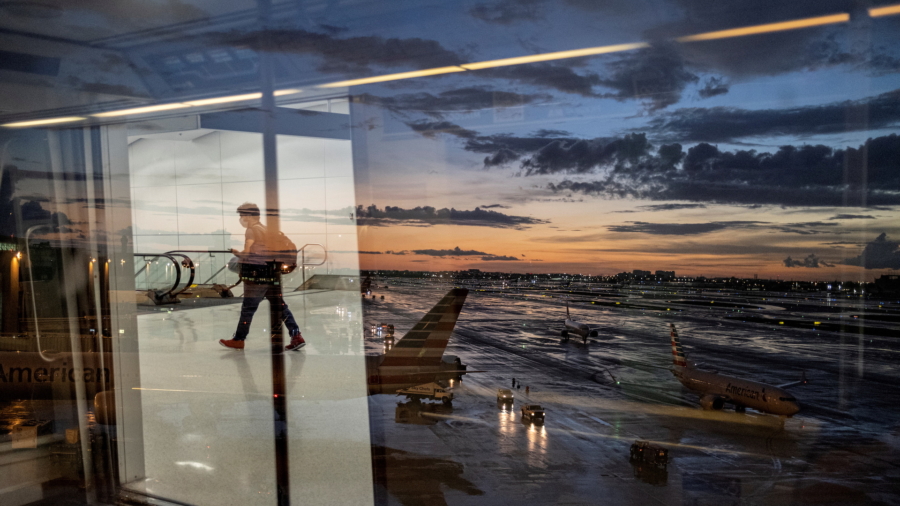SANTO DOMINGO–Elsa’s winds weakened slightly on Saturday as the Caribbean storm churned toward Haiti and the Dominican Republic, where residents threatened by severe floods were being evacuated.
The U.S. National Hurricane Center (NHC) said an aircraft measured maximum sustained winds at 70 miles per hour (110 kph). This downgraded Elsa to a tropical storm from a hurricane, which is defined as having winds of at least 75 mph (121 kph).
Elsa was about 40 miles (70 km) south of the Dominican island of Isla Beata at 11 a.m. EST, according to the NHC.
In the Dominican Republic, officials evacuated people living near rivers and creeks in coastal Barahona province as severe flooding was forecast.
The capital Santo Domingo was under an extreme flooding alert too. Emergency groups said they had 2,500 centers ready for evacuated people.
Haiti, which saw 31 deaths in Hurricane Laura in August, had not ordered evacuations.
At a collapsed condominium building in Surfside, Florida, emergency officials said the remainder of the unstable structure could be demolished Sunday ahead of Elsa’s possible arrival as early as Monday.
The southern coast of the island of Hispaniola, which is home to the Dominican Republic and Haiti, remained under a hurricane warning, the NHC said. A hurricane watch covered Cuba’s eastern provinces. Jamaica was under a tropical storm warning.
Conditions were likely to deteriorate in the coming hours, the NHC said. Elsa’s forward speed was expected to decrease later on Saturday while maximum wind speeds would stay about the same until Sunday or Monday, when Elsa was expected to be near or over Cuba.
Millions of Cubans tried to prepare for heavy rainfall and flooding amid a surge in coronavirus infections, with cases reaching a record 3,500 on Friday.
“Imagine, our lives have been in danger for more than a year and a half because of the coronavirus and now the hurricanes are coming,” Esther Garcia, a homemaker in eastern Santiago de Cuba, said by phone.
Ranchers moved livestock to higher ground, farmers harvested what crops they could, city dwellers searched for food, and residents downstream from reservoirs and rivers prepared to evacuate, according to local media reports.
The storm on Friday blew roofs off homes, toppled trees, and sparked flooding in Barbados. It then pounded St. Vincent with heavy rain and winds of 85 mph (140 kph), which battered banana and plaintain crops.
Elsa’s storm surge was expected to raise water levels by as much as 2 to 5 feet (61 to 152 cm) above normal in some areas. Puerto Rico could receive up to 5 inches (13 cm) of rain, the NHC said.
By Ezequiel Abiu Lopez, Kate Chappell, and Nelson Acosta

